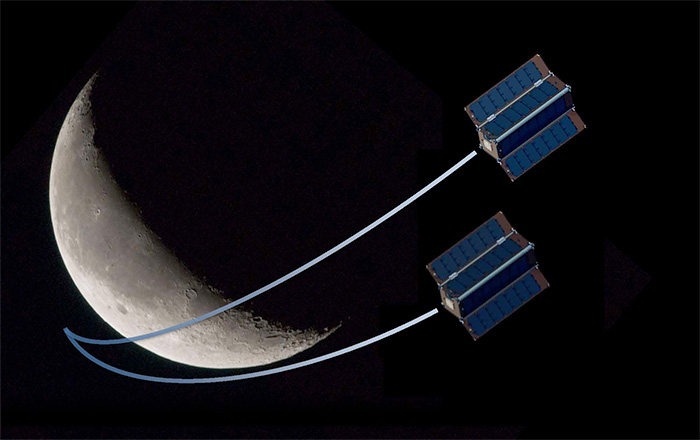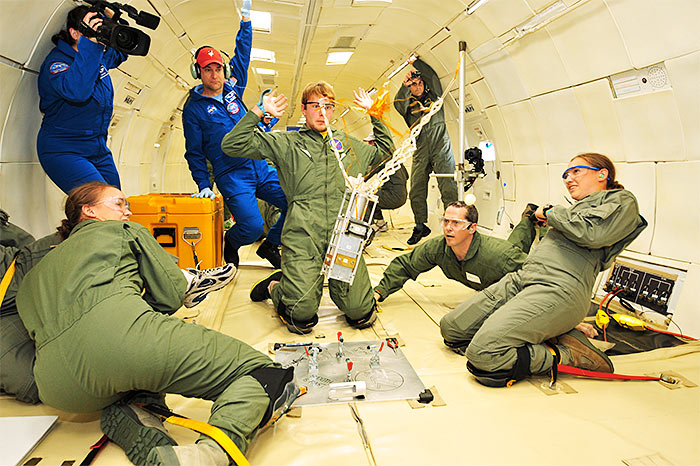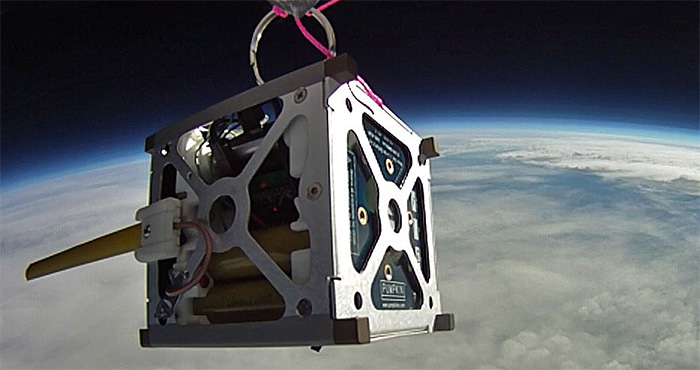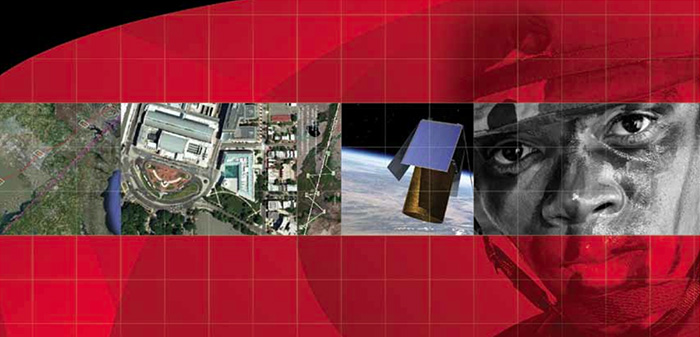Potential participants in the Nano-satellite Launch Challenge are telling us they’ve received official notification from Space Florida that NASA has canceled the Space Act Agreement for the Challenge.
What this means is not exactly clear. In theory, NASA could continue the Nano-satellite Launch Challenge with another partner. Most likely, however, means for the challenges that.
NASA’s explanation is that they surveyed 15 possible nanosat launch projects and found that two government-funded projects (SWORDS and ALASA) were the only candidates that appeared to have a chance of success. That explanation completely miss the point of prizes, which is to reward competitors only if they succeed, rather than prejudging outcomes.
[Update: An email from a NASA employee close to the Centennial Challenges program confirms that SWORDS and ALASA were key factors in the cancelation. The email also states that “NASA has also found a significant technology gap in low cost avionics and GN&C systems needed to support the development of a low cost nano-sat launch system.” That statement sounds surreal when a quick trip to RadioShack can net you a three-axis gyroscope and more computing power than the entire world possessed at the time of Sputnik.]
This announcement is disappointing, on two levels. It’s a setback for the teams who intended to compete, but it’s also a setback for the Centennial Challenges program, which has been drifting these past few years.
The Centennial Challenges program was inspired by the Ansari X-Prize, which proved that a small company could develop and fly a suborbital spacecraft at low cost. The Lunar Lander Challenge, one of the first Centennial Challenges, was a boon for suborbital companies such as Armadillo Aerospace and Masten Space Systems. Unfortunately, with the apparent cancelation of the Nano-satellite Launch Challenge, NASA has no challenges that are aimed at the most important problem facing future space activities – reducing the cost of access to space.
The major part of the blame lies with Congress, which has underfunded Centennial Challenges for years (when it funded it at all).
NASA itself deserves part of the blame, however. Over the years, the focus of Centennial Challenges has shifted from promoting innovation in the American aerospace sector to addressing the specific needs of NASA’s own programs, such as Mars sample return. This shift is not surprising given the way the program has bounced around the agency, finally ending up under the Office of the Chief Technologist.
Compounding the problem is the fact that NASA tried to pick a winning technology horse before the race began. A large part of the Centennial Challenges money was carved out early on for Space Elevator Challenges, even though the space-elevator concept was a high-risk technology with little likelihood of reducing launch costs in the near term. (They were egged on by the Space Frontier Foundation and the Spaceward Foundation, which were enamored of the space elevator despite its questionable economics and low technology readiness level.)
The US government has vested interest in lowering launch costs, and prizes can be a powerful tool for furthering that purpose. Unfortunately, this cancelation casts increased doubt on NASA’s reliability as a sponsor for space-access prizes. At some point, we have to ask ourselves if we’re trying to fit a square peg into a round hole. Perhaps the time has come to consider other agencies, such as DARPA or the FAA Office of Commercial Space Transportation, as prize sponsors?










